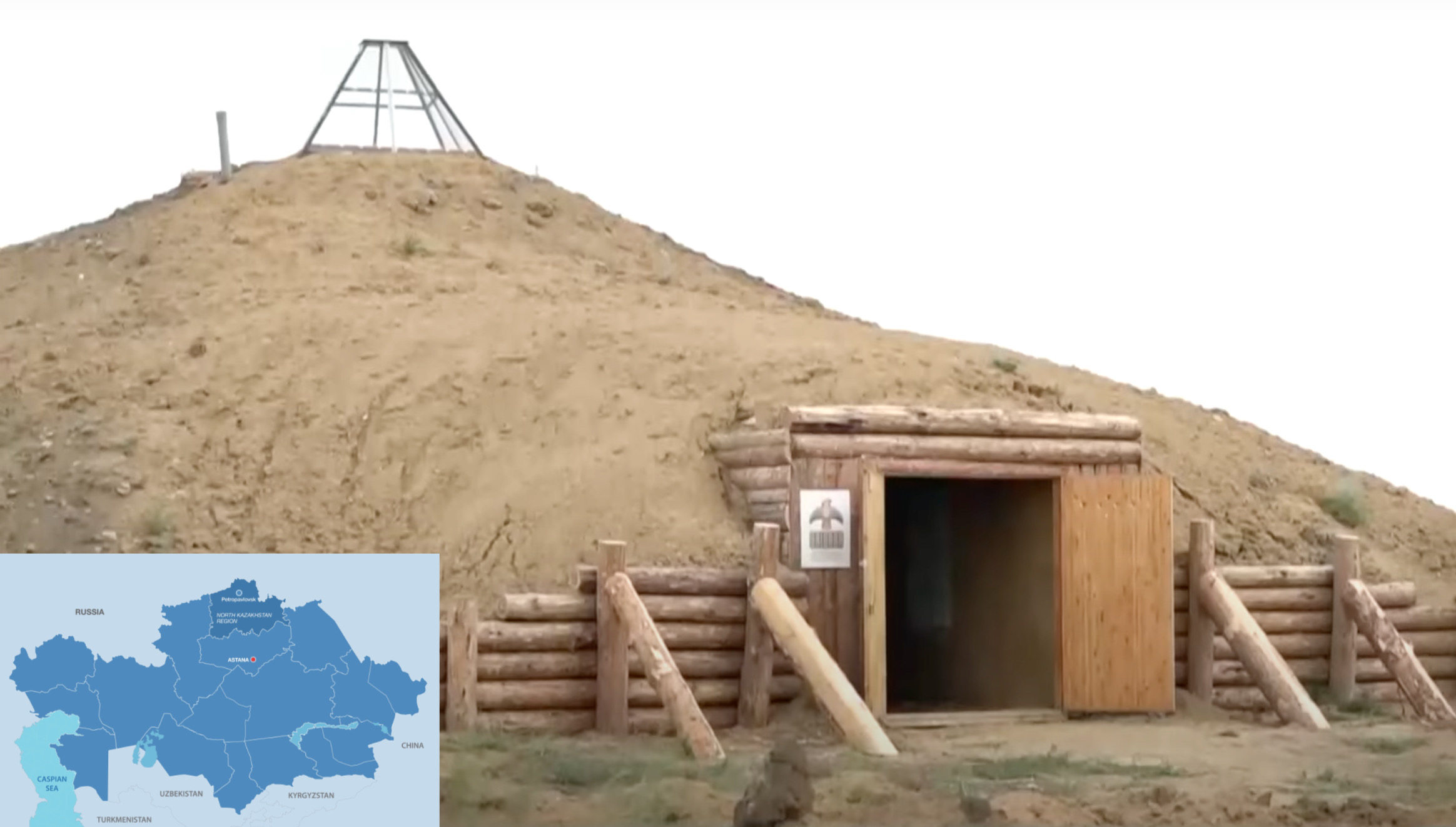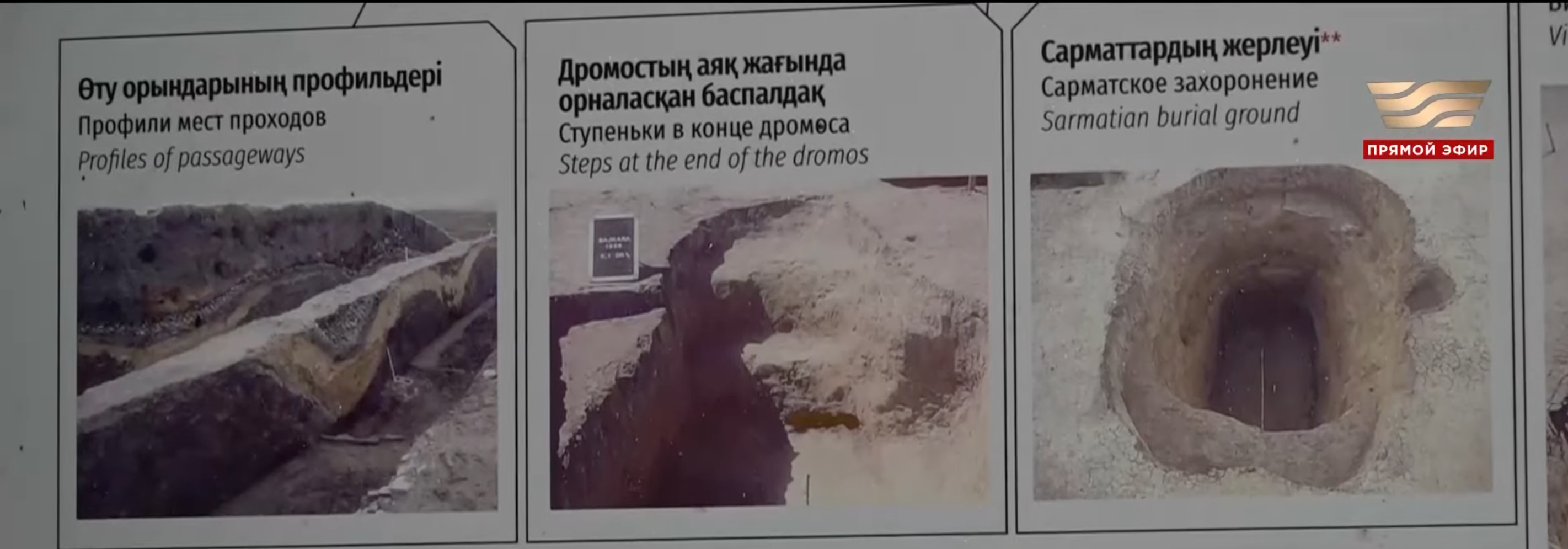ASTANA — A piece of ancient history has come to life after the long-lost Baikara Temple, situated in the Shal akyn District of the North Kazakhstan Region, has been restored, reported Khabar news channel.

Baikara Temple, situated in the Shal akyn District of the North Kazakhstan Region. Photo credit: Screenshot form a video of Khabar news channel. Click to see the map in full size. The map is designed by The Astana Times.
The monumental endeavor, costing 55 million tenge ($121,963) from the national budget, has breathed new life into the sacred site, as a temple of the Scythian tribes and replicas of invaluable relics now grace its hallowed grounds. The history of the Baikara complex dates back to the 4th to 5th centuries BC, signifying its importance during the Bronze and Late Middle Ages. Discovered during an expedition led by the renowned Kazakh archaeologist Kemal Akishev in the 1950s, historians subsequently identified it as a significant cult building of the Scythian tribes.
“Similar structures to this one have been found across the world and it has a similar purpose as the mounds that were found in Russia. They represent a geographical chain of mounds, shedding light on the vast spread of Scythian and Sarmatian tribal populations,” said Zhanat Baymusenov, Deputy Director of the Centre for the Protection and Use of Historical and Cultural Heritage.

Saka sanctuary Baikara. Photo credit: Screenshot form a video of Khabar news channel.
The restoration of this ancient monument was undertaken by a dedicated team of experts from the Kazakh Research and Design Institute of Material Culture. Guided by the original appearance of the temple, they used authentic materials, employing natural wood and additional waterproofing measures to ensure longevity and protection against corrosion and deterioration. Thoughtfully, they also integrated light boxes, which ensure that visitors can comfortably explore the museum.
The revived Baikara Temple holds a magnetic allure not just for seasoned archaeologists but also for aspiring scholars like Ayazhan Nurzhan, a 10th-grade student.

Photo credit: Screenshot form a video of Khabar news channel.
“A monument to history became the theme of my scientific project. Areas for pottery, horse riding and national games can be organized here. It is also a good area to build roads and create a passage to the Ishim River. The place can attract a lot of tourists,” the student suggested.
For now, the Baikara Temple itself will become a tourist attraction, including the exhibited copies of valuable artifacts that were found during the archaeological excavations.


